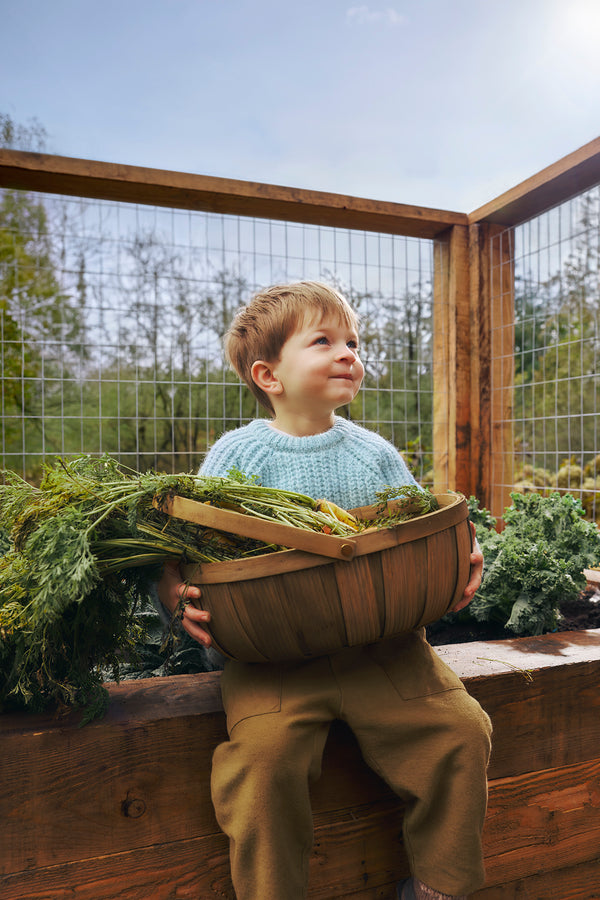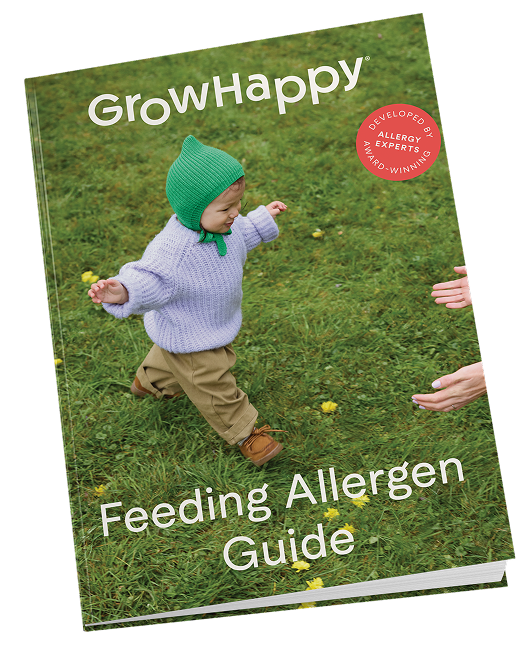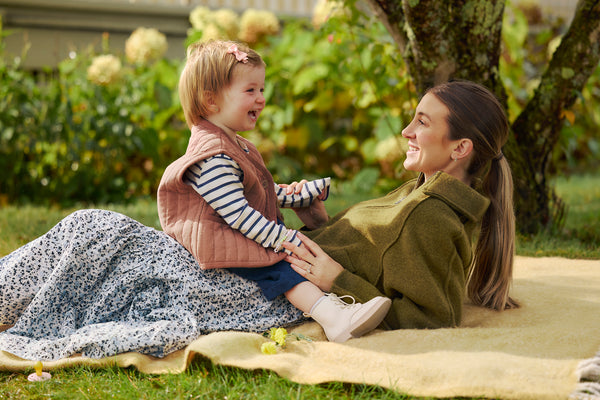Members of our ImmunoNutrition Squad wrote the NIAID (National Institute of Allergy and Infectious Diseases) Guidelines for home feeding of peanuts and are world-wide experts on how to do this, so please take their advice!
-
Ensure your baby is developmentally ready to eat, with the head control and mouth skills to be ready to eat
-
You can start with veggie, fruit or meat purees first, practices vary around the world. The most important thing though is that you start getting these allergens into the diet as early as it is safe to do so.
-
Pick a good time when you can monitor your child for two hours after the first feed. A good time might be right after a nap when your baby will be up for at least a couple of hours.
-
Give the first feeding at home and not at a day care facility or restaurant.
-
Make sure at least one adult will be able to focus all of his or her attention on the infant, without distractions from other children or household activities.
-
Don’t feed an allergen for the first time when your baby is fussy or ill. For example, do not do the feeding if he or she has a cold, vomiting, diarrhea, or other illness. You don’t want to mistake normal fussiness or illness for a food allergy. But also don’t let this be an excuse for you to delay for weeks if not necessary.
-
Start with a small amount of the allergen and continue gradually feeding at your comfortable pace.
-
Try one allergen at a time for the first couple times. After that you will gain confidence and you can start combining to get them all into the diet. When your child is ready, mix and match the GrowHappy Allergen ImmunoButters™ together!
-
You can add water, breastmilk, infant formula, fruit or veggie purees, or other foods to the GrowHappy Allergen ImmunoButters™ to get them to the right consistency for your baby. Feel free to be creative!
-
Try a new allergen every day. There is no need to wait 3-5 days between each new food. The AAP now states in their book Caring for Your Baby and Young Child: “In the past, pediatricians recommended starting one new food every few days, so that you can see if a reaction occurs to that particular food. New research has shown that it is safe to start multiple foods at once.”
-
Do not persist with any one food, if allergic symptoms are noted, rather seek an allergist’s advice to recommend a safe path forward.
-
Once you start feeding allergens, don’t stop. Aim for two or more times a week through the early years to help the immune system learn to tolerate the food long-term.
-
The GrowHappy Allergen ImmunoButter Variety Box is designed so it’s easy for you to keep track of what you need to feed each week so you stay on top of it. Don’t forget to get the other top allergens in too like milk (e.g., yogurt and cheese) and fin fish (e.g., salmon.) Subscribe to make it extra easy, and we’ll replenish the goods every month.
Do NOT persist with any one food, if allergic symptoms are noted, rather seek an allergist’s advice to recommend a safe path forward.
Don’t feed an allergen for the first time when your baby is fussy or ill. For example, do not do the feeding if he or she has a cold, vomiting, diarrhea, or other illness. You don’t want to mistake normal fussiness or illness for a food allergy. But also don’t let this be an excuse for you to delay for weeks if not necessary.









